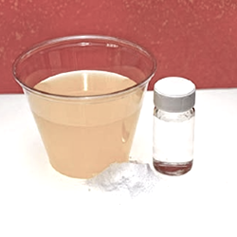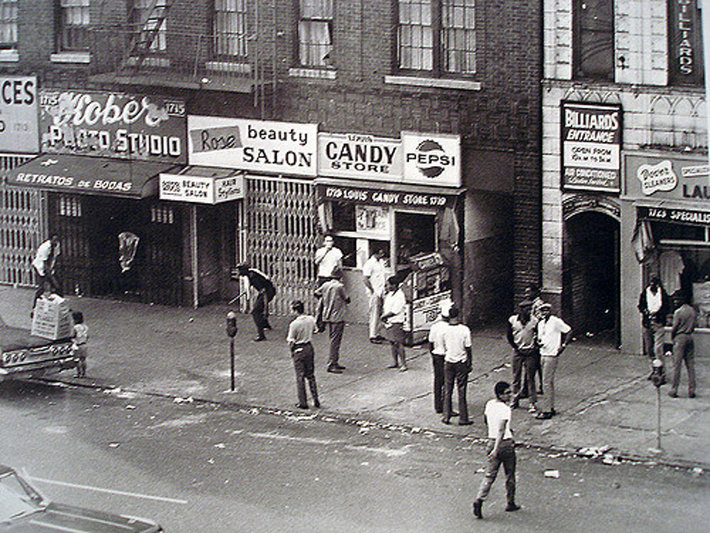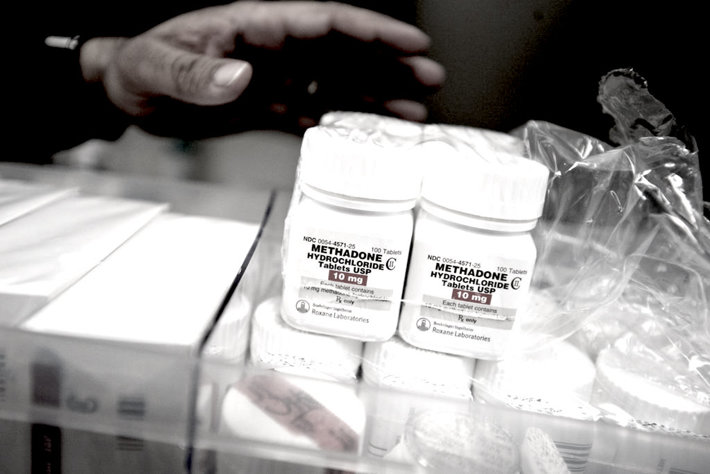Methadone History

Methadone was first synthesized in Germany at the laboratories of IG Farben, a large pharmaceutical company. It is thought that this effort was part of Hitler’s attempt to be independent from the influence of other countries. From its synthesis in 1939, commercial manufacture began and grew. But there are some reports that the drug was not broadly used because of reported side effects that may not have been completely accurate.
Methadone was said to be too likely to cause nausea and overdoses. Some people on whom it was tested showed euphoria, inflammation of the skin, signs of toxicity and an appearance of illness. They rapidly developed a tolerance to the drug. It was concluded at that time that methadone had a high potential to be addictive and create health problems. Despite this, the manufacturer’s advertisements stated that the drug had “little risk for addiction.”
When the war was over, German patents and other assets were distributed to the allies. IG Farben’s developments were confiscated by the US Department of Commerce Intelligence division and brought to the US. By 1947, the drug was approved as a painkiller in this country.
Here and there, people began to become addicted to the drug. By 1955, there were 21 methadone addicts in the UK; by 1960, there were 60 known addicts. The numbers kept going up after that. In the US, methadone was used to treat heroin addicts during withdrawal but addicts routinely returned to their heroin habits when the withdrawal period was over. The drug’s properties may not have been well understood until it was studied for use as a maintenance treatment for opiate addicts.
The Growing Heroin Epidemic Drives Methadone Use

After World War II, the number of heroin addicts in large American cities grew rapidly. Between 1950 and 1961, the death rate of those who were injecting heroin increased drastically. From 7.2 deaths per 10,000, the number grew to 35.8 deaths per 10,000. In New York City, the average age of death of a heroin injector was 29.
By the mid-1960s in New York City, the rapid spread of disease from one addict to another called for a drastic solution. Researchers at the Rockefeller Foundation developed a system of dosing heroin addicts with methadone to prevent their use of heroin. It was proposed to the administrators of New York City, where approximately half the country’s addicts lived, that methadone programs be established to treat these addicts and get them off the illicit drug.
These addicts, once under treatment, were able to stop committing crimes to get the funds to buy more heroin. Since methadone was administered as a liquid dose or a diskette, there was no chance for the transmission of disease. From that beginning, methadone treatment for heroin addiction spread across the United States and to other countries. By 1998, there were 44,000 methadone patients in New York State alone and 79,000 nationwide.
Methadone Abuse Grows
Methadone is a long-lasting drug, much longer than heroin which is why it could be used as a treatment method. A single dose would get a person through an entire day.
But while methadone was helping some people achieve stability, others chose to acquire the drug illicitly and abuse it. The number of people dying due to their illicit use of methadone began to increase to alarming levels.

In 2001 alone, the number of people who died from methadone were equal to the number who died in the entire decade from 1990 to 1999. But at the same time, deaths from other opioid painkillers was increasing at a similar rate.
Treatment using methadone was referred to as Methadone Maintenance Treatment. Many people being treated on methadone were maintained on this drug for years. While they were able to quit using heroin, they were also being maintained on an opiate that affected their outlook and health. Official documents provide reports of improved mental attitude but anecdotal reports vary from this position.
In one representative interview, one man who spent several years on methadone as treatment for his heroin addiction stated that while he was on methadone, his health diminished, his self-respect and confidence in creating the life he wanted also diminished. But until he got clean, he was barely aware of it because the methadone made him so numb.
At Narconon centers around the world, those who thought they might have no other choice but to stay tethered to their dosage of methadone have found sobriety at last. On the Narconon drug recovery program, each person has a chance to address the problems that led them to use opiates in the first place. They are guided through the process of repairing the destruction to body, soul and relationships that drug addiction causes. At the end, they gain the life skills that will help keep them on the straight and narrow.
To help someone you care about who may be suffering from a similar problem, contact Narconon International.
Visit our methadone information page for more information about the effects of methadone.
Resources:
- http://www.drugtext.org/Methadone-Briefing/section-1-the-history-of-methadone-and-methadone-prescribing.html
- http://international.drugabuse.gov/sites/default/files/pdf/parta.pdf
- http://towson.academia.edu/JonathanFreedlander/Papers/720744/Options_for_opioid_maintenance_A_review_of_methadone_and_buprenorphine
- http://www.rockefeller.edu/about/awards/lasker/vdole
- http://www.methadone.org/library/m101.html#brief
- http://www.indro-online.de/historymethadone.htm
 ®
®